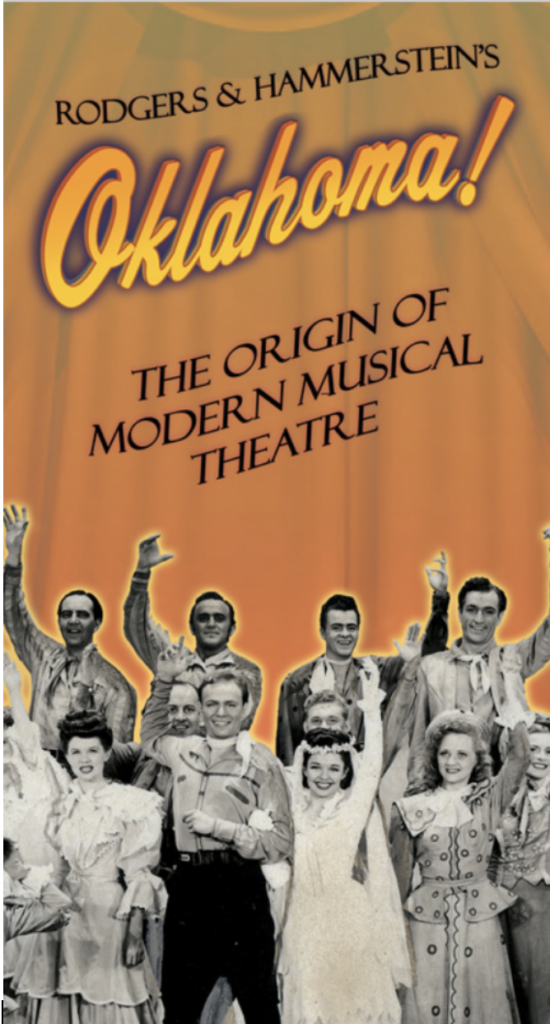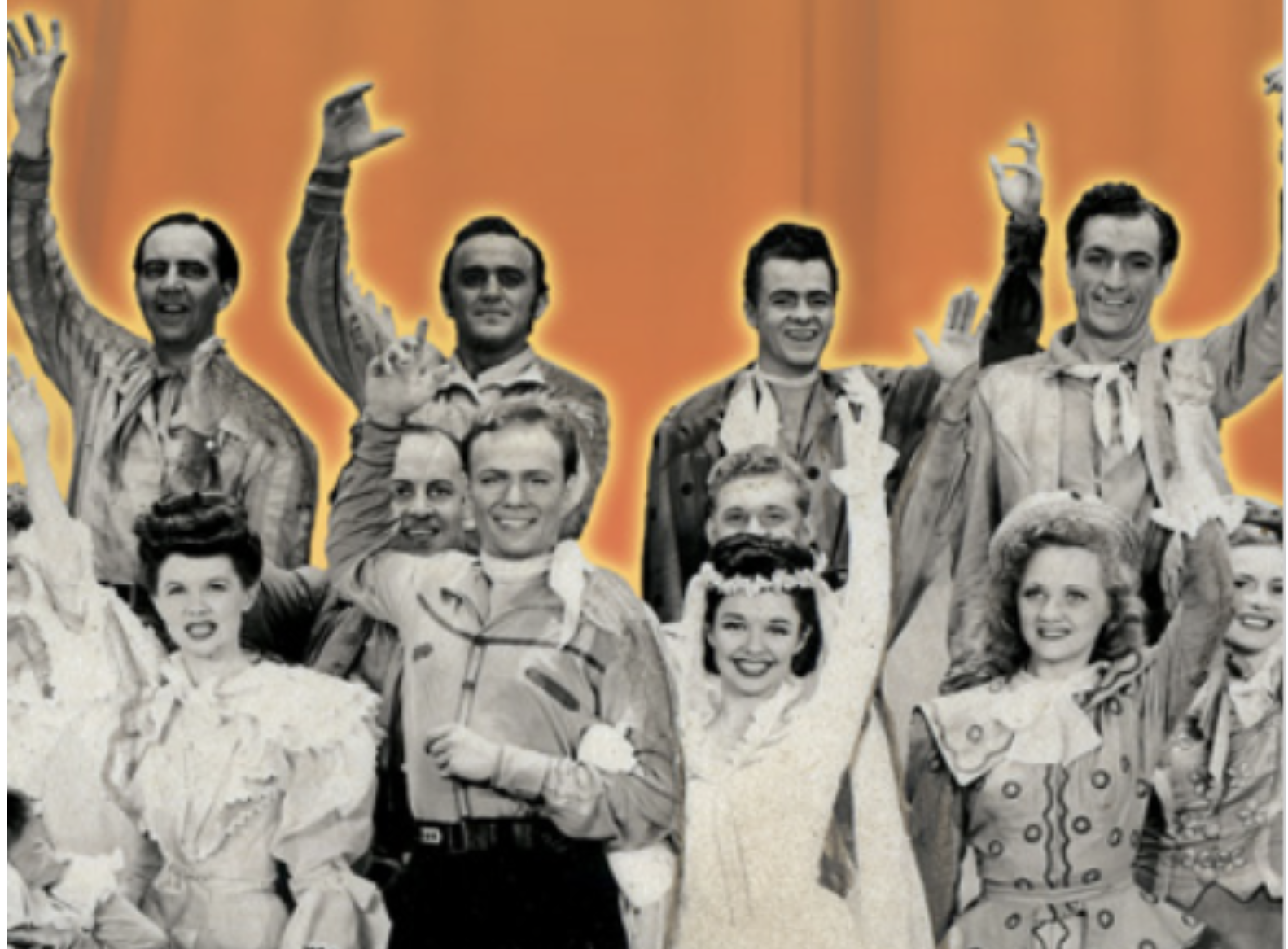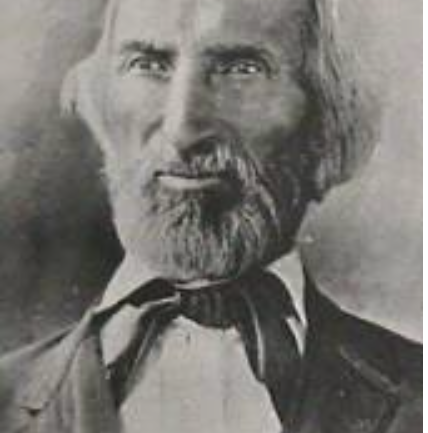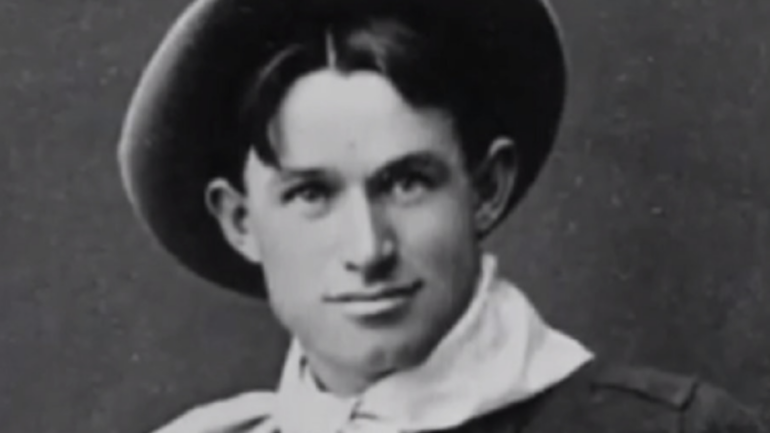Telling the history of Claremore…one story at a time
RODGERS & HAMMERSTEIN’S OKLAHOMA! – THE ORIGIN OF MODERN MUSICAL THEATRE
Excerpts published in the July 2022 OHS Extra Newsletter
Seventy-five years after Rodgers and Hammerstein adapted Green Grow the Lilacs into Oklahoma!, the duo’s first collaboration remains one of their most celebrated productions. Often considered the first modern musical, Oklahoma! reshaped the Broadway landscape and gave the state of Oklahoma national recognition, pride, and a song that continues to resonate worldwide.
The phenomenon that became Oklahoma! started rather humbly as the 1931 play Green Grow the Lilacs. Green Grow the Lilacs was written by Lynn Riggs, an Oklahoman from Claremore. In 1943 most of Oklahoma!’s audience was unfamiliar with Riggs’s original work.
When Richard Rodgers and Oscar Hammerstein II signed on to write Oklahoma! in 1942, most of the theatre world considered the project a gamble. Could a “simple” western musical reach a wide audience? How would “cowboy” songs translate to the stage? Initially, the production had trouble finding investors and the Theatre Guild (the New York production company) was quickly running out of time and money. Despite these problems, on March 31, 1943, when Alfred Drake as Curly began to sing “Oh, What a Beautiful Mornin’” from the theatre wings, the audience—and soon, all of Broadway—was hooked.
Set in farm country outside the town of Claremore, Indian Territory, in 1906, it tells the story of farm girl Laurey Williams and her courtship by two rival suitors, cowboy Curly McLain and the sinister and frightening farmhand Jud Fry. A secondary romance concerns cowboy Will Parker and his flirtatious fiancée, Ado Annie.
The original Broadway production opened on March 31, 1943 at the St. James Theatre. It was a box office hit and ran for an unprecedented 2,212 performances, later enjoying award-winning revivals, national tours, foreign productions and an Oscar-winning 1955 film adaptation. It has long been a popular choice for school and community productions. Rodgers and Hammerstein won a special Pulitzer Prize for Oklahoma! in 1944.
By the early 1940s, Rodgers and Hammerstein were each well known for creating Broadway hits with other collaborators. Rodgers, with Lorenz Hart, had produced over two dozen musicals since the 1920s, including such popular successes as Babes in Arms (1937), The Boys from Syracuse (1938) and Pal Joey (1940). Among other successes, Hammerstein had written the words for Rose-Marie (1924), The Desert Song (1926), The New Moon (1927) and Show Boat (1927). Though less productive in the 1930s, he wrote musicals, songs and films, sharing an Academy Award for his song with Jerome Kern, “The Last Time I Saw Paris”, which was included in the 1941 film Lady Be Good. By the early 1940s, Hart had sunk into alcoholism and emotional turmoil, and he became unreliable, prompting Rodgers to approach Hammerstein to ask if he would consider working with him.
In 1931, the Theatre Guild produced Lynn Riggs’s Green Grow the Lilacs, a play about settlers in Oklahoma Indian Territory. Though the play was not successful, ten years later in 1941, Theresa Helburn, one of the Guild’s producers, saw a summer-stock production supplemented with traditional folk songs and square dances and decided the play could be the basis of a musical that might revive the struggling Guild. She contacted Richard Rodgers and Lorenz Hart, whose first successful collaboration, The Garrick Gaieties, had been produced by the Theatre Guild in 1925. Rodgers wanted to work on the project and obtained the rights for himself and Hart. Rodgers had asked Oscar Hammerstein II to collaborate with him and Hart. During the tryouts of Rodgers and Hart’s By Jupiter in 1941, Hammerstein had assured Rodgers that if Hart was ever unable to work, he would be willing to take his place. Coincidentally in 1942, Hammerstein had thought of musicalizing Green Grow the Lilacs, but when he had approached Jerome Kern about it, the latter declined. Hammerstein learned that Rodgers was seeking someone to write the book, and he eagerly took the opportunity. Hart lost interest in the musical; he preferred contemporary, urbane shows that would showcase his witty lyric writing, and he found the farmers and cowhands in Green Grow the Lilacs corny and uninspiring. Moreover, spiraling downward, consumed by his longstanding alcoholism, Hart no longer felt like writing. He embarked on a vacation to Mexico, advising Rodgers that Hammerstein would be a good choice of a new collaborator.

This partnership allowed both Rodgers and Hammerstein to follow their preferred writing methods: Hammerstein preferred to write a complete lyric before it was set to music, and Rodgers preferred to set completed lyrics to music. In Rodgers’ previous collaborations with Hart, Rodgers had always written the music first, since the unfocused Hart needed something on which to base his lyrics. The role reversal in the Rodgers and Hammerstein partnership permitted Hammerstein to craft the lyrics into a fundamental part of the story so that the songs could amplify and intensify the story instead of diverting it. As Rodgers and Hammerstein began developing the new musical, they agreed that their musical and dramatic choices would be dictated by the source material, Green Grow the Lilacs, not by musical comedy conventions. Musicals of that era featured big production numbers, novelty acts, and show-stopping specialty dances; the libretti typically focused on humor, with little dramatic development, punctuated with songs that effectively halted the story for their duration.
Between the world wars, roles in musicals were usually filled by actors who could sing, but Rodgers and Hammerstein chose, conversely, to cast singers who could act. Though Theresa Helburn, codirector of the Theatre Guild, suggested Shirley Temple as Laurey and Groucho Marx as Ali Hakim, Rodgers and Hammerstein, with director Rouben Mamoulian’s support, insisted that performers more dramatically appropriate for the roles be cast. As a result, there were no stars in the production, another unusual step. The production was choreographed by Agnes de Mille (her first time choreographing a musical on Broadway), who provided one of the show’s most notable and enduring features: a 15-minute first-act ballet finale (often referred to as the dream ballet) depicting Laurey’s struggle to evaluate her suitors, Jud and Curly.
The first title given to the work was Away We Go! which opened for out-of-town-tryouts in New Haven’s Shubert Theatre on March 11, 1943. Expectations for the show were low; Hammerstein had written six flops in a row, and the show had no star power. Producer Mike Todd walked out after the first act during the tryout and wisecracked, “No girls, no gags, no chance.” But Rodgers and Hammerstein were confident. The New Haven and Boston audiences were enthusiastic, although the reviews were only fair. Of the changes made before the show went to Broadway, two would prove significant: the addition of the show-stopping musical number, “Oklahoma” and the decision to retitle the musical after that number.
Todd had been wrong; the show opened on Broadway to raves from the critics, sold out, and won a special Pulitzer Prize. Brooks Atkinson wrote in The New York Times that the show’s opening number, “Oh, What a Beautiful Mornin'” changed the history of musical theater: “After a verse like that, sung to a buoyant melody, the banalities of the old musical stage became intolerable.” The New York Post was the only major paper to give Oklahoma! a mixed review. Its critic felt that while the songs were pleasant enough, they sounded much alike. The show’s creativity stimulated Rodgers and Hammerstein’s contemporaries and ushered in the “Golden Age” of American musical theatre.




